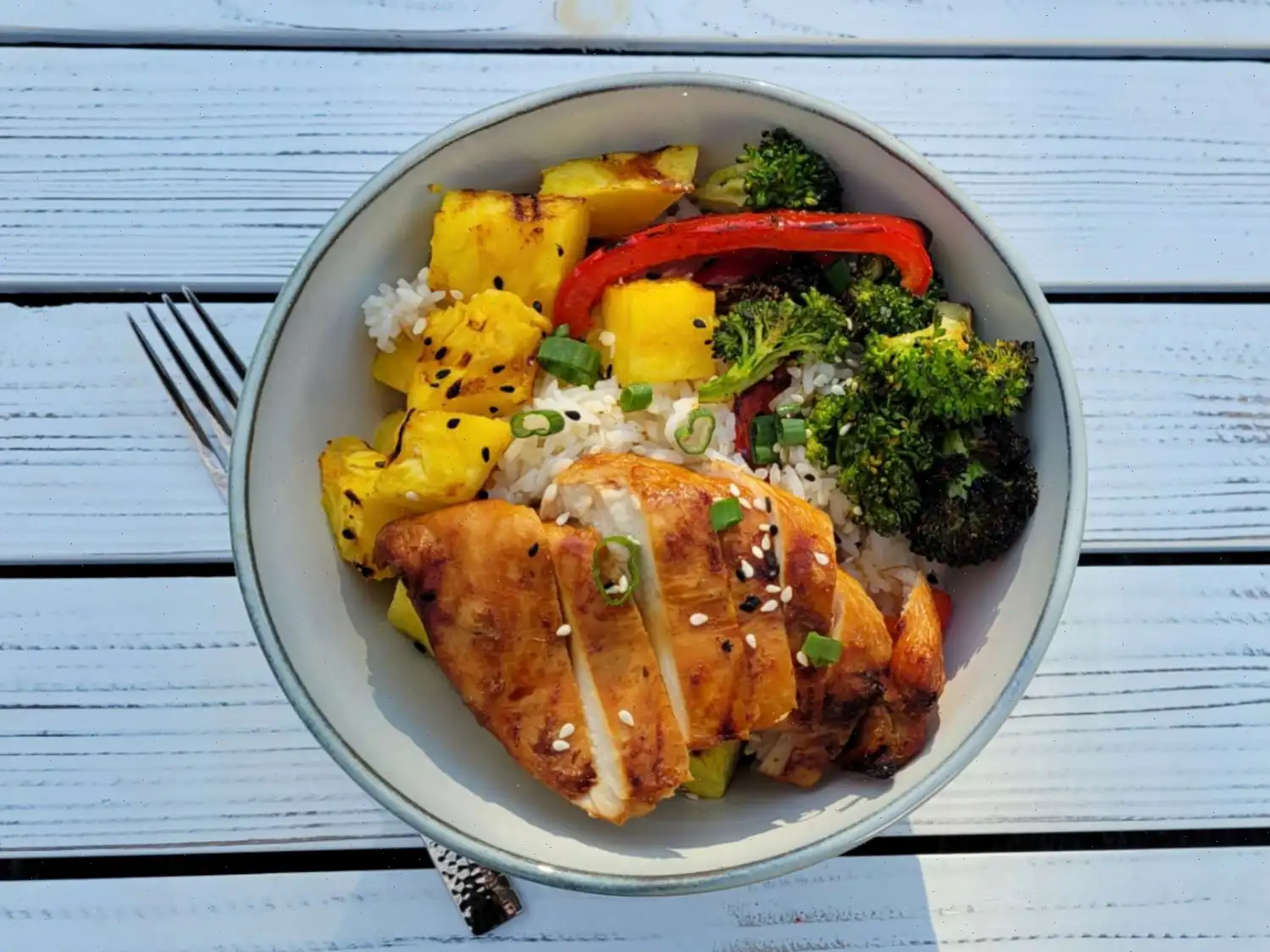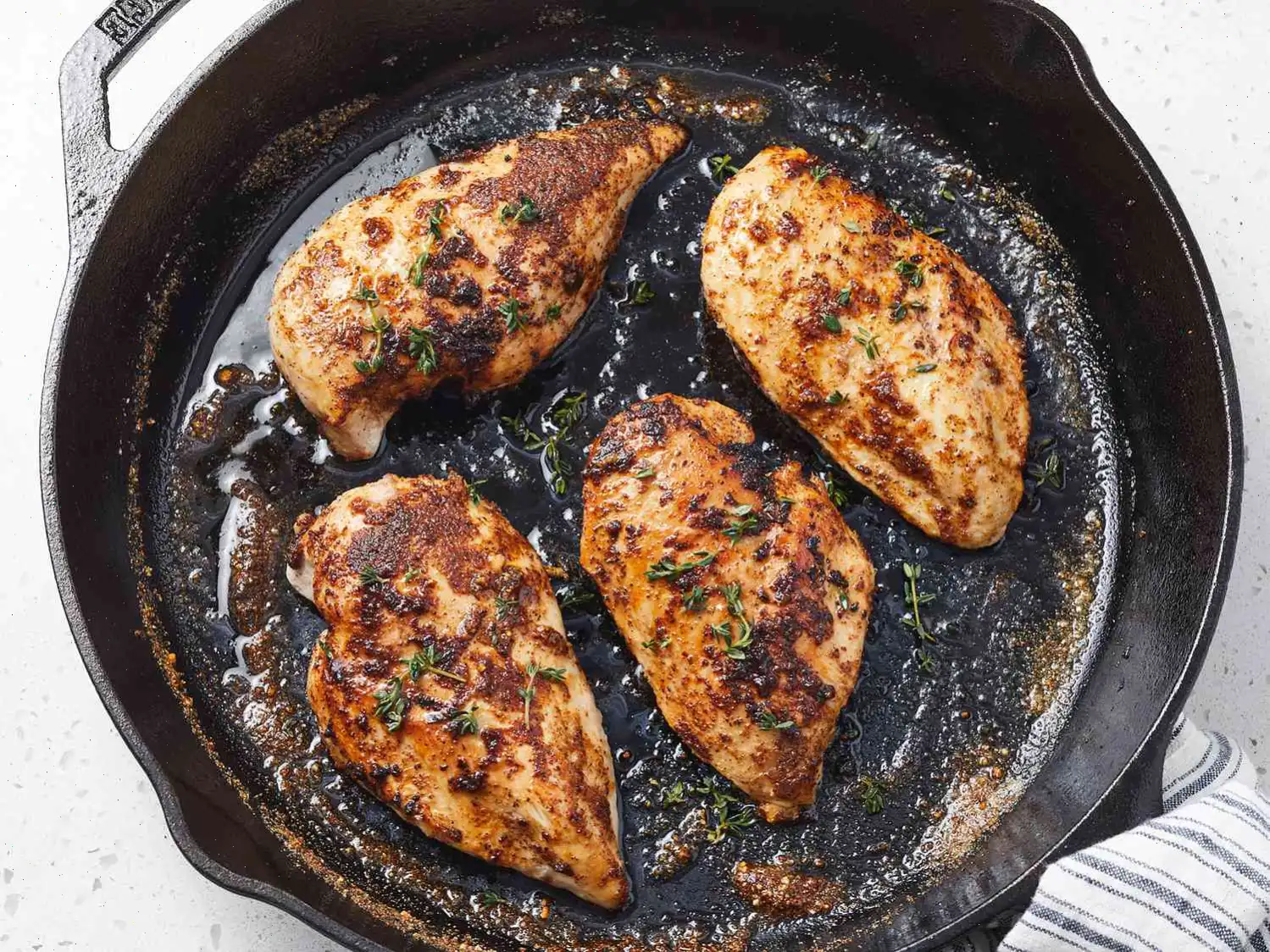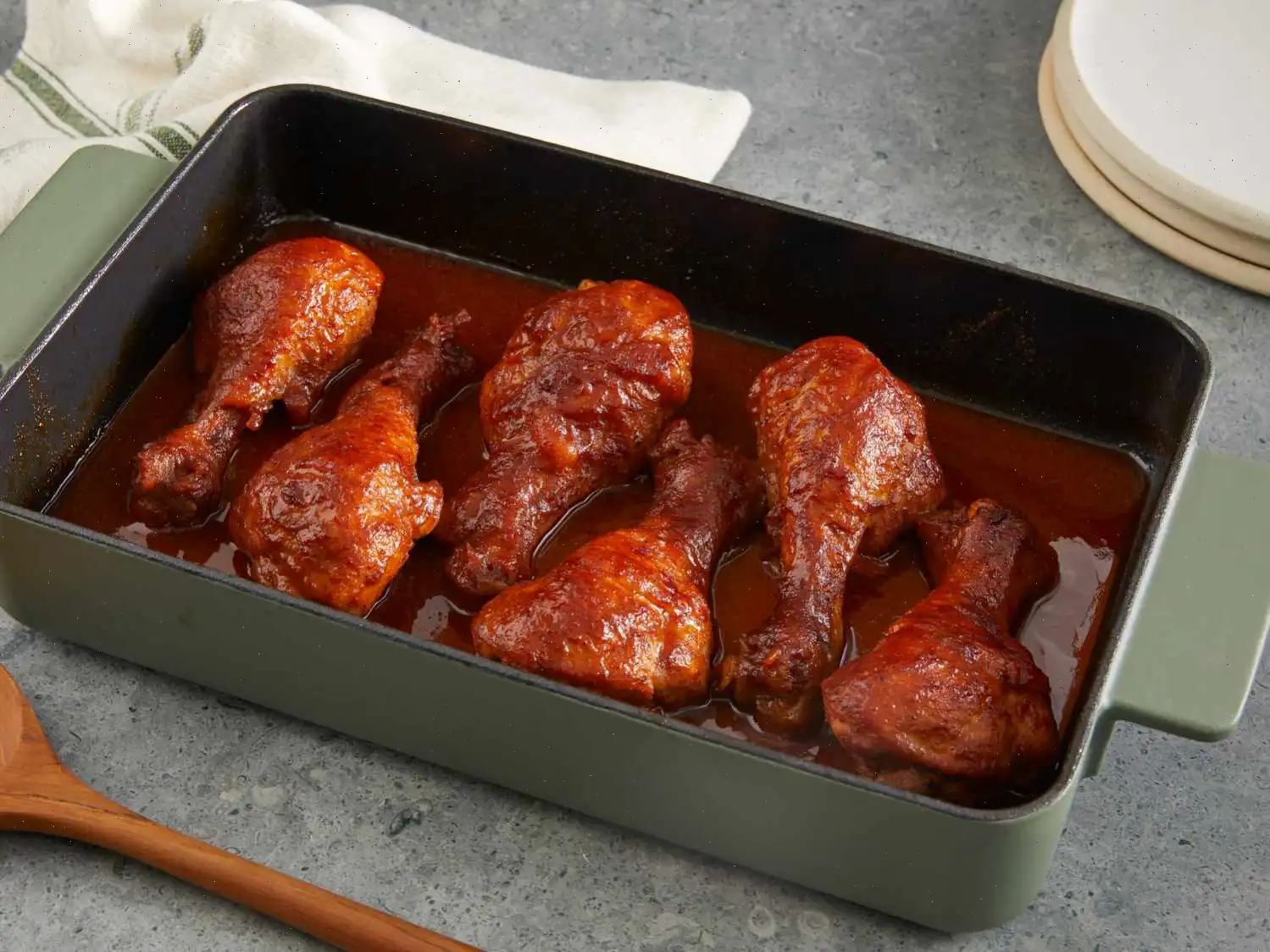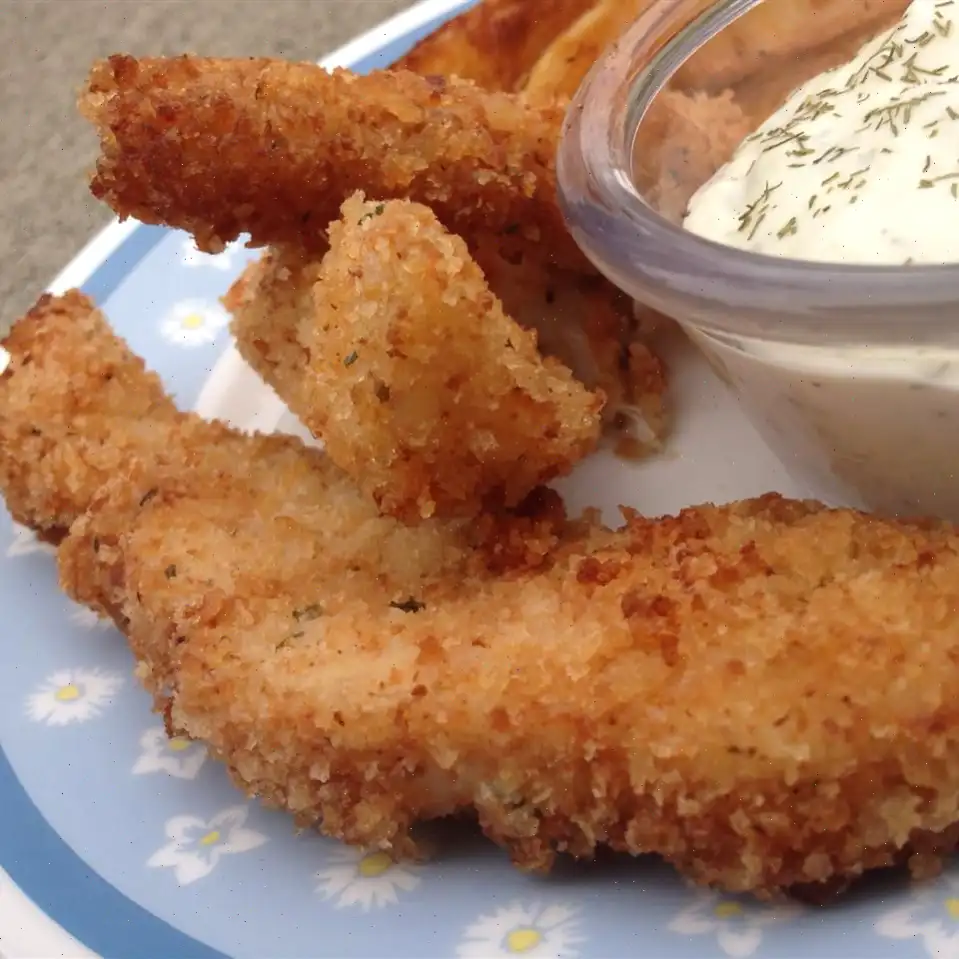
Rolled Dumplings Recipe
Ingredients
This recipe was developed at its original yield. Ingredient amounts are automatically adjusted, but cooking times and steps remain unchanged. Note that not all recipes scale perfectly.
Original recipe (1X) yields 8 servings:
- 2 cups all-purpose flour
- 2 teaspoons baking powder
- 1 teaspoon salt
- cup shortening
- cup milk
- 2 (14.5 ounce) cans chicken broth
Directions
Step 1: In a large bowl, whisk together the flour, baking powder, and salt.
Step 2: Cut in the shortening using a pastry blender, until the mixture resembles coarse crumbs.
Step 3: Stir in the milk gradually, mixing until a stiff dough forms.
Step 4: Turn the dough out onto a lightly floured surface and roll it out to a thickness of about 1/8 inch.
Step 5: Use a knife or cookie cutter to cut the dough into 1-inch squares, diamonds, or strips as preferred.
Step 6: Bring the chicken broth to a boil in a saucepan over medium heat.
Step 7: Carefully drop the dumplings into the boiling broth and reduce the heat to a simmer.
Step 8: Cover the saucepan tightly and cook for 8 to 10 minutes, or until the dumplings are tender and cooked through.
Nutrition Facts
Nutrition data for this recipe includes the full amount of broth. The actual amount consumed may vary depending on how much broth is used.
- Calories: 204 per serving
- Fat: 9g (12% of daily value)
- Saturated Fat: 2g (12% of daily value)
- Cholesterol: 4mg (1% of daily value)
- Sodium: 807mg (35% of daily value)
- Total Carbohydrate: 25g (9% of daily value)
- Dietary Fiber: 1g (3% of daily value)
- Protein: 4g (8% of daily value)
- Calcium: 90mg (7% of daily value)
- Iron: 2mg (9% of daily value)
- Potassium: 57mg (1% of daily value)
* Percent Daily Values are based on a 2,000 calorie diet. Your daily values may be higher or lower depending on your calorie needs.
Origin History: The tradition of dumplings can be traced back to ancient times, with roots in many different cultures across the globe. In the United States, particularly in the South and Appalachia, rolled dumplings became a popular comfort food, often served in hearty chicken and dumplings soups. The dish likely evolved as a way to make use of leftover chicken or poultry, using simple ingredients like flour, milk, and shortening. This frugal yet flavorful dish is believed to have been passed down through generations, with many regional variations found throughout the country. It remains a staple in Southern kitchens, evoking a sense of nostalgia and home-cooked warmth.
Regional Variations: While rolled dumplings are commonly associated with Southern and Appalachian cuisine, they are also found in other regional dishes under different names. For example, in Pennsylvania Dutch cuisine, a similar dumpling dish known as "Pot Pie" (not to be confused with the baked, crusted pie version) is prepared using dough that is rolled out and simmered in broth. In the Midwest, variations of dumplings can be found in soups and stews, often made with biscuit dough or soft bread dumplings. The key difference between regional versions is the type of broth used and the seasoning, with each region adding its own unique twist based on available ingredients.
Differences from Similar Dishes: Rolled dumplings stand apart from other types of dumplings in both texture and preparation method. Unlike drop dumplings, which are spooned directly into the cooking liquid, rolled dumplings are meticulously rolled out into thin sheets and then cut into uniform pieces before being added to the broth. This results in dumplings that are more structured, with a slightly firmer texture compared to the pillowy, softer drop varieties. Furthermore, rolled dumplings are often used in chicken and dumpling soups, where they absorb the flavors of the broth and retain their shape, while drop dumplings may break down more easily in the liquid.
Where They're Typically Served: Rolled dumplings are often served as a hearty main dish in cozy, home-cooked meals, especially during the colder months. They're commonly paired with chicken or turkey in a flavorful broth, making them a popular choice for family gatherings, holiday meals, and comfort food occasions. Youll find them on the tables of Southern kitchens and in rural communities where hearty, warming dishes are valued. Theyre also a staple in church suppers, potlucks, and other communal meals, where large quantities of food are needed to feed a crowd. In restaurants that specialize in comfort food, rolled dumplings often make an appearance on the menu, alongside other traditional favorites like fried chicken and mashed potatoes.
Fun Facts: Despite their simplicity, rolled dumplings have a rich history and are beloved by many. In some families, making rolled dumplings is an art passed down through generations, with each cook adding their own secret touch. The thickness of the dumplings, the seasoning in the broth, and even the way the dough is rolled can make a big difference in the final dish. Some variations even call for adding herbs like thyme, rosemary, or sage to the dough for extra flavor. Additionally, while this dish is often made with chicken, it can also be adapted for other meats like turkey or beef, depending on what is available. In some households, leftover dumplings are repurposed the next day, often served with gravy or used to thicken stews.
FAQ about Rolled Dumplings Recipe
Comments
Ashley Mitchell
04/25/2024 12:52:40 PM
I have been using this recipe for a few years and it is absolutely fantastic. It's incredibly simple to make and my family always loves it. I start by sautéing chopped onions, celery, and carrots before adding the chicken broth. While the dumplings are cooking, I sprinkle in 1 teaspoon each of dried thyme and rosemary. After that, I mix in shredded chicken and some freshly ground black pepper. If I'm short on time, I find that a rotisserie chicken from the store works perfectly. This dish has become my wife's go-to comfort food during the colder months.
Joseph Rodriguez
05/20/2023 12:11:33 AM
Delicious! I agree that the pieces of dough should be cut smaller. This recipe is not new at all. Cooks from Pennsylvania Dutch areas have been making this for a long time and they call it Bot Boi or Pot Pie. It's important not to confuse it with Chicken Potpie, which is baked in a pie pan.








